Just off the coast of the China Creek Marina, below the surface of the Alberni Inlet, an entire ecosystem exists within the wreck of a ship.
The wreck at China Creek Marina was originally a migrant ship, used to carry hundreds of illegal Chinese migrants across the ocean to B.C. The ship was one of four apprehended off the B.C. coast back in 1999, then cleaned up and sunk by the Alberni Reef Society in 2001 in order to create an artificial reef.
Now, 20 years later, the migrant ship wreck is finally marked as an official dive site. It sits approximately 18 metres deep at its shallowest point.
A new generation of commercial and recreational divers recently came together at China Creek Marina to anchor a marker buoy out at the site of the wreck. The buoy, provided by the Port Alberni Port Authority, marks the site as a Transport Canada-certified area where diving operations are taking place.
Nanaimo Dive Outfitters instructor and Port Alberni resident Shawn Standley started the project almost two years ago, reaching out to the Port Authority about getting a marker buoy for the wreck site.
The reason for putting up the marker was twofold, Standley says.
“I wanted to increase awareness of the environment, the dive site and the wreck,” he says. “But it’s also to increase tourism here in the Alberni Valley.”
The dive site has previously been marked by “makeshift” buoys, but nothing permanent. China Creek Marina is home to heavy boat traffic, especially during the summer months, and divers were worried about conflicts with boaters and fishing and crabbing operations.
“It wasn’t safe,” Standley says. “By getting an actual Transport Canada-certified marker, it’s obvious for everyone to stay away.”
The Port Authority donated the buoy, but local Port Alberni businesses Home Hardware and Cokely Wire Rope also contributed to the project.
“It was very much a community effort,” Standley says.
Brenda Roszmann, the owner of Nanaimo Dive Outfitters, was at China Creek Marina on Sunday to watch as the buoy was carried out to the dive site.
“We’ve been coming to China Creek for a while now to do the diving on the wreck,” she says. “We wanted to ensure that it is a recognized buoy, so the boats aren’t anchoring on [the wreck] or trying to drag fishing line around it. When Shawn said that he was going to be doing this, we were 100 per cent behind this.”
There are actually two purpose-sunk wrecks at China Creek, Roszmann notes.
Four migrant ships in total – carrying a total of 600 illegal migrants – landed in B.C. in 1999. The Alberni Reef Society purchased all four for $1,000 from the federal government and once they were emptied and sanitized, the ships were brought to Port Alberni for further work. A team of divers took on the project of readying the vessels for sinking, which had to be done to federal environmental standards.
The ships were opened for public tours by donation while they were docked, and retired journalist Shayne Morrow said they were quite a sensation.
Sinking the ships was not an easy chore: days before they were to be floated out to China Creek to be sunk, valves were mysteriously opened and the two ships sunk where they were docked. Considered navigational hazards in the Alberni Harbour, they had to be raised before they could be sunk as artificial reefs.
One ship was sunk to create an artificial reef further down Barkley Sound, in front of Sechart Lodge. The late Brook George, who headed up the Alberni Reef Society, arranged for the 39-metre Korean freezer ship Black Dragon to be sunk off the end of the dock at the lodge, which was part of his Lady Rose Marine Services holdings.
Present owner of Lady Rose Marine, Mike Surrell, says the wreck is popular with divers who come and use his dock as a base. “The bow is in 50 feet (15 metres) of water and the stern in 80 feet (24m),” he says. “It’s completely teeming with marine wildlife.”
The Rusty and the Blue were both sunk off of China Creek Marina, but one is located too deep for divers to reach. According to the website Vancouver Island Dive Sites, the unreachable ship started to slide when it hit the sandy bottom of the inlet, and kept sliding until it was more than 90 metres deep – too far for a safe recreational dive.
The other vessel, which landed bow-down on a slope off of China Creek Marina, lives on as an artificial reef and a popular spot for divers.
“[The marker] will help with boat traffic, and it will also allow divers to know where this wreck is, so when they come out it will be easier for them to swim out to it,” Roszmann says. “It gives them an ascent and a descent line. It just makes the diving a little bit more safe.”
Divemaster Scott McFarlane and fellow diver Tim Preston were able to anchor the buoy on the starboard side of the ship, around 23 metres below the surface.
“The visibility was really good down there once we got past the halocline,” McFarlane says. “We did some cleanup [of fishing gear] after we anchored the line. That can be dangerous for divers, for entanglement reasons.”
With lots of life on the wreck, the ship is home to several unique species, including cloud sponges and some “very large” lingcod, McFarlane says.
“There are a lot of marine invertebrates, lots of fish and some crabs,” Roszmann says. “It’s kind of an interesting ecosystem. Because the boat sunk and then it slid, it’s in a little bit of a trough. It’s a sandy bottom – some people call it ‘muck diving’ because it’s not a rocky bottom. It’s sand and silt. It holds a unique ecosystem.”
The divers eventually hope to sink an anchor down beside the wreck in order to attach the marker to something more secure.
“What we would like to do is put [the anchor] next to the wreck because we don’t want to cause any damage to it,” Roszmann explains. “It’s an older boat, the railings and the structure are getting a little bit older. When we put the anchor block down, we can put it right next to the wreck and we can mitigate any further damage.”
In the meantime, the line is attached to the wreck itself.
“It’s secured now, on a very sturdy platform,” Standley says. “So it’s not going anywhere.”
Please note that Provincial Health Protocols currently advise against travelling outside your region to help prevent the spread of COVID-19.
Plan your future adventures throughout the West Coast at westcoasttraveller.com and follow us on Facebook and Instagram @thewestcoasttraveller. And for the top West Coast Travel stories of the week delivered right to your inbox, sign up for our weekly Armchair Traveller newsletter!

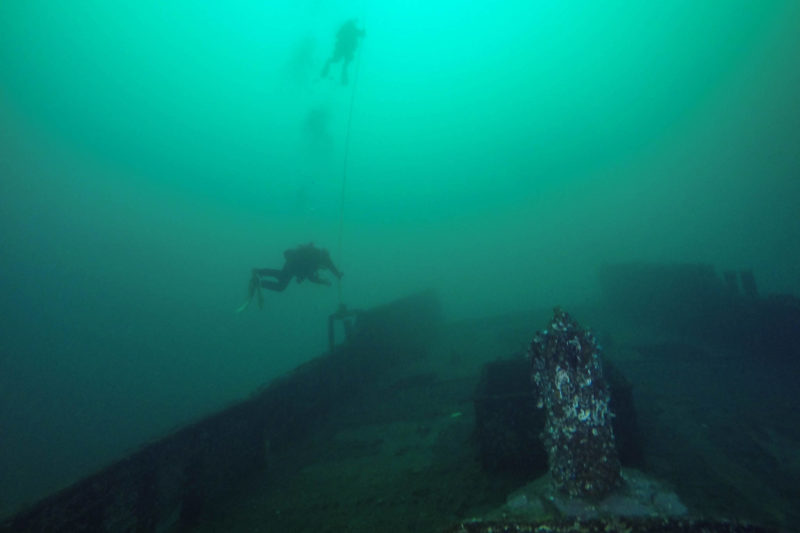

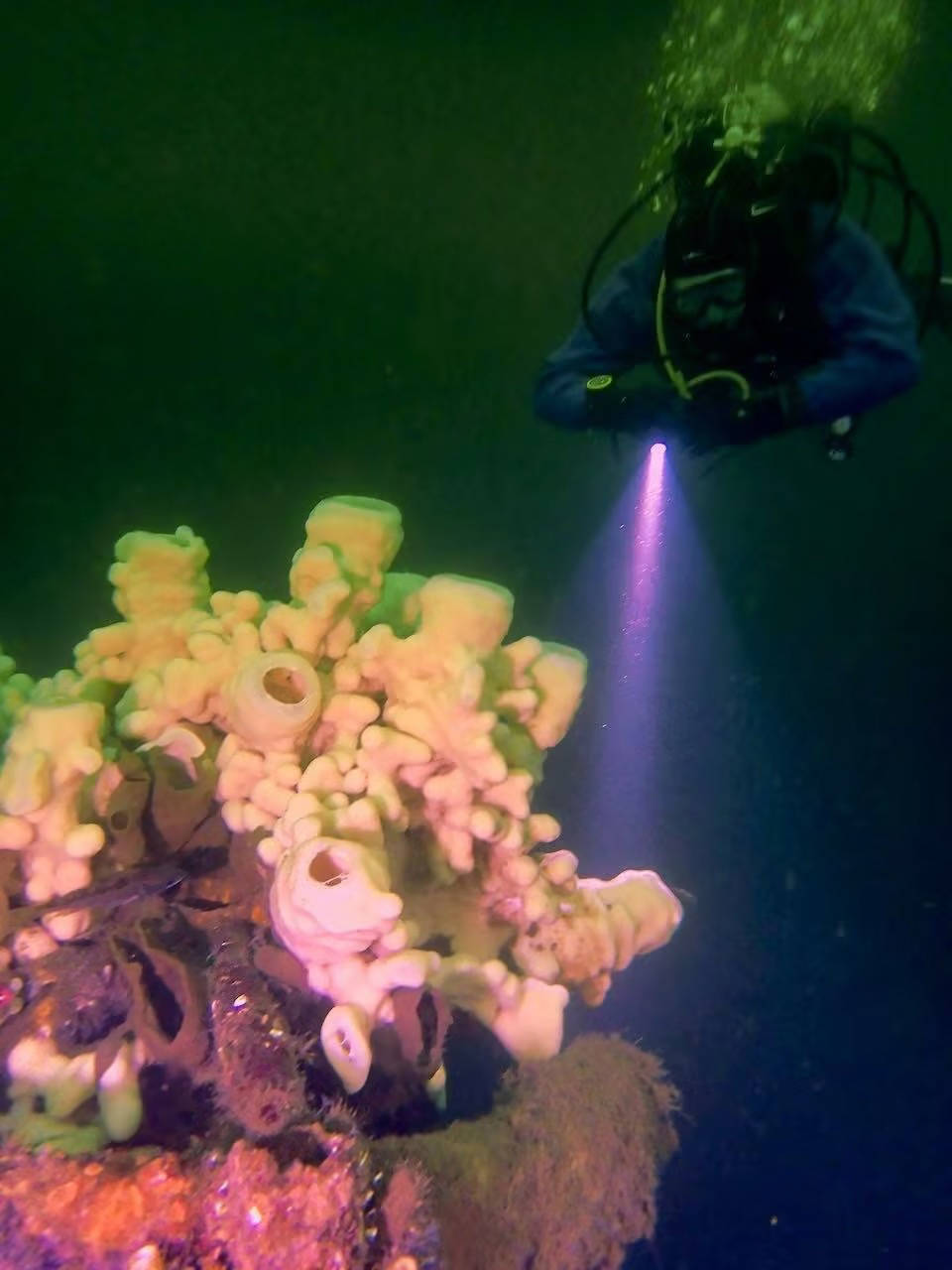



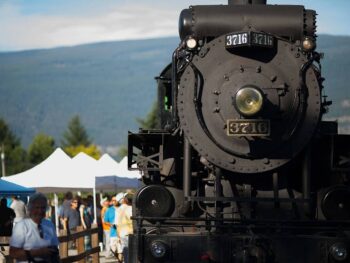


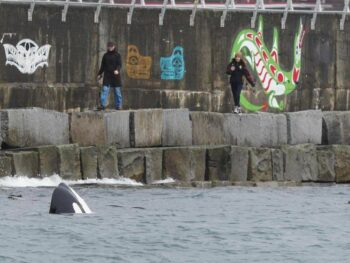
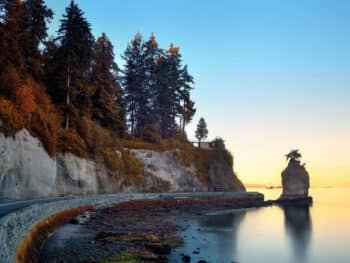
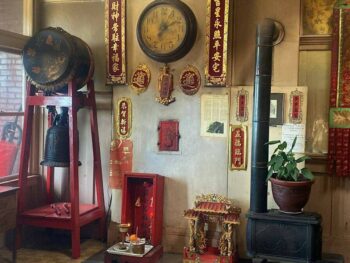
 SOAR into BC’s favourite destinations: Your virtual visit is just a click away!
SOAR into BC’s favourite destinations: Your virtual visit is just a click away!